Home>Gardening & Outdoor>Plant Care & Gardening Tips>How Often To Water Wildflower Seeds


Plant Care & Gardening Tips
How Often To Water Wildflower Seeds
Modified: March 24, 2024
Learn the best plant care and gardening tips for wildflower seeds. Discover how often to water wildflower seeds for optimal growth and blooming.
(Many of the links in this article redirect to a specific reviewed product. Your purchase of these products through affiliate links helps to generate commission for Storables.com, at no extra cost. Learn more)
**
Introduction
**
Welcome to the wonderful world of wildflowers! Whether you're a seasoned gardener or just starting out, wildflowers can add a burst of natural beauty to any outdoor space. One of the most crucial aspects of successfully growing wildflowers from seeds is understanding the right watering regimen. In this comprehensive guide, we'll delve into the intricacies of watering wildflower seeds, offering valuable insights and practical tips to ensure your wildflower garden flourishes with vibrant colors and lush foliage.
Wildflowers are renowned for their resilience and adaptability, thriving in a variety of environmental conditions. However, when it comes to nurturing wildflower seeds into thriving plants, striking the perfect balance in watering is essential. Too much or too little water can hinder the germination process and impede the healthy growth of wildflower seeds. By exploring the factors influencing watering frequency, general guidelines for watering, and the telltale signs of overwatering and underwatering, you'll gain a deeper understanding of how to care for your wildflower seeds and set them on the path to blooming success.
Whether you're cultivating a wildflower meadow, enhancing your landscape with pops of color, or simply reveling in the joy of gardening, mastering the art of watering wildflower seeds is a rewarding endeavor. So, let's embark on this enlightening journey into the realm of wildflower care, where each droplet of water nurtures the promise of nature's exquisite splendor.
**
Key Takeaways:
- Wildflower seeds need just the right amount of water to grow. Factors like soil type, climate, and plant species influence watering frequency. By understanding these factors, you can nurture a thriving wildflower garden.
- Watch out for signs of overwatering and underwatering, like wilting, yellowing leaves, or slow growth. By paying attention to these signs, you can ensure your wildflowers get the perfect amount of water for healthy, vibrant growth.
Read more: How Often To Water Seed Starts
Understanding Wildflower Seeds
**
Before delving into the intricacies of watering wildflower seeds, it’s essential to grasp the unique characteristics of these tiny marvels. Wildflower seeds are not only diverse in their varieties but also exhibit remarkable adaptability to various soil types and climates. Each seed encapsulates the potential for a splendid wildflower to grace your garden, attracting pollinators and adding a touch of untamed beauty to the landscape.
Wildflower seeds come in a multitude of shapes, sizes, and textures, reflecting the stunning array of wildflower species found in nature. Some seeds are minuscule, resembling flecks of dust, while others are larger and more discernible, each possessing its distinct germination requirements and growth patterns.
When it comes to choosing wildflower seeds for your garden, you’ll encounter a captivating assortment, from delicate cosmos and cheerful sunflowers to vibrant poppies and elegant lupines. Understanding the specific needs of the wildflower species you intend to cultivate is paramount. Some wildflowers thrive in arid, sun-drenched conditions, while others flourish in moist, shaded environments. By acquainting yourself with the unique traits of each wildflower species, you’ll be better equipped to provide the optimal growing conditions, including the right watering regimen.
Wildflower seeds are resilient, often capable of lying dormant for extended periods until favorable conditions prompt their germination. This natural adaptation allows wildflowers to survive and thrive in diverse ecosystems, from rugged mountain slopes to verdant meadows. As you embark on your wildflower gardening journey, marvel at the inherent resilience and beauty encapsulated within each tiny seed, knowing that with the right care, they will unfurl into a breathtaking tapestry of colors, textures, and fragrances.
**
Factors Affecting Watering Frequency
**
When determining how often to water wildflower seeds, several factors come into play, influencing the frequency and quantity of water they require. Understanding these key factors is instrumental in tailoring a watering regimen that meets the specific needs of wildflower seeds, fostering robust growth and vibrant blooms.
Soil Type: The composition of the soil significantly impacts watering frequency. Well-draining soils, such as sandy loam, necessitate more frequent watering, as they tend to dry out faster. In contrast, clay soils retain moisture for longer periods, requiring less frequent watering to prevent waterlogging, which can impede seed germination and root development.
Climate and Weather Conditions: The prevailing climate and weather patterns in your region play a pivotal role in determining watering frequency. Hot, arid climates demand more frequent watering to compensate for rapid evaporation, while cooler, more humid climates may necessitate less frequent watering. Additionally, periods of drought or excessive rainfall call for adjustments in the watering schedule to accommodate the fluctuating moisture levels in the soil.
Wildflower Species: Different wildflower species exhibit varying water requirements based on their natural habitats and growth characteristics. For instance, wildflowers indigenous to arid regions, such as desert marigold and blanketflower, are adapted to thrive in low-moisture environments and may be susceptible to root rot if overwatered. Conversely, species like bee balm and cardinal flower, which flourish in moist habitats, thrive with more frequent watering.
Seedling Stage and Establishment: During the initial stages of germination and seedling establishment, wildflower seeds require consistent moisture to support healthy growth. Adequate watering during this critical phase is essential for the development of robust root systems and vigorous foliage, setting the stage for prolific blooming in the subsequent stages of growth.
Microclimates and Sun Exposure: Microclimates within your garden, influenced by factors such as topography and proximity to structures, can create variations in moisture levels and sun exposure. Shaded areas may retain moisture for longer periods, necessitating less frequent watering, while sun-drenched spots may require more regular irrigation to sustain optimal growing conditions for wildflower seeds.
By carefully considering these factors and observing the unique characteristics of your garden, you can tailor a watering schedule that aligns with the specific needs of the wildflower seeds, promoting their resilience and vitality. In the next section, we'll delve into general guidelines for watering wildflower seeds, offering actionable tips to help you nurture your wildflower garden with confidence.
**
Water wildflower seeds lightly every day until they germinate, then gradually reduce to 1-2 times per week, depending on weather conditions. Keep soil moist but not waterlogged.
General Guidelines for Watering Wildflower Seeds
**
Establishing a well-defined watering routine is essential for nurturing wildflower seeds and ensuring their successful germination and growth. By adhering to general guidelines tailored to the specific needs of wildflower seeds, you can create an optimal environment that fosters healthy root development and robust foliage, laying the groundwork for a spectacular wildflower display.
Consistent Moisture: Maintaining consistent moisture levels in the soil is crucial during the germination and early growth stages. Adequate moisture facilitates the softening of seed coats, enabling germination, and supports the emergence of delicate seedlings. Light, frequent watering is often recommended to prevent the soil from drying out, especially in arid or well-draining soil conditions.
Deep Watering: Once the wildflower seeds have sprouted and established a root system, transitioning to deeper, less frequent watering encourages the development of robust root structures. Deep watering promotes downward root growth, enhancing the plant’s ability to access moisture from deeper soil layers, thereby increasing resilience during dry spells.
Morning Watering: Watering wildflower seeds in the morning allows the foliage and soil surface to dry gradually as the day progresses, minimizing the risk of fungal diseases caused by prolonged moisture on leaves and stems. Additionally, morning watering capitalizes on cooler temperatures and reduced wind, optimizing water absorption and minimizing evaporation.
Observational Monitoring: Regularly monitoring the moisture levels in the soil and observing the wildflower seedlings’ response to watering is crucial for fine-tuning your watering regimen. Adjust the frequency and volume of watering based on the soil’s moisture retention, weather patterns, and the wildflowers’ individual growth patterns and water requirements.
Drought Adaptation: Encouraging the development of deep, resilient root systems through strategic watering practices equips wildflowers with the capacity to withstand periods of drought. By gradually reducing watering frequency once the wildflowers are established, you can promote drought adaptation, fostering self-sufficiency and long-term vitality.
Embracing these general guidelines for watering wildflower seeds empowers you to cultivate a flourishing wildflower garden teeming with vitality and natural splendor. As you embark on this nurturing journey, remember that attentive observation and responsiveness to your garden’s evolving needs are key to fostering a thriving ecosystem of wildflowers.
**
Signs of Overwatering and Underwatering
**
Recognizing the signs of overwatering and underwatering is vital for maintaining the health and vigor of wildflower seeds and seedlings. Both scenarios can impede the growth and development of wildflowers, making it essential to be attentive to the subtle indicators that reveal the moisture needs of these resilient plants.
Signs of Overwatering:
- Wilting: Surprisingly, wilting can be a sign of overwatering, as excessively moist soil can suffocate the roots, hindering their ability to absorb oxygen, leading to wilting despite the presence of ample moisture.
- Yellowing Leaves: When wildflowers exhibit yellowing or browning of leaves, especially in the absence of other stress factors, it may indicate waterlogged soil, impeding nutrient uptake and causing root suffocation.
- Fungal Growth: Excessive moisture creates a conducive environment for fungal diseases, manifesting as mold, mildew, or rot on the soil surface, stems, or leaves of the wildflower plants.
- Stunted Growth: Overwatering can lead to stunted growth and a lack of vigor in wildflower seedlings, as the roots struggle to access oxygen and nutrients in waterlogged soil.
Signs of Underwatering:
- Wilting and Drooping: Insufficient moisture can cause wildflower plants to wilt and appear limp, signaling the need for adequate watering to revive their turgidity and vitality.
- Crisp, Dry Leaves: When wildflower leaves become dry, crispy, or curl at the edges, it indicates a lack of water, prompting the need for timely irrigation to restore their lush, healthy appearance.
- Slow Growth and Flowering: Underwatered wildflowers may exhibit slow growth and delayed or reduced flowering, as water scarcity hampers their physiological processes and reproductive capabilities.
- Soil Cracking and Shrinkage: In arid conditions, the soil around underwatered wildflower plants may crack and shrink, signaling the need for replenishing moisture to support healthy root growth and overall plant vigor.
By attentively observing these telltale signs and responding proactively to the moisture needs of wildflower seeds and seedlings, you can safeguard their well-being and promote robust, vibrant growth. Striking the right balance in watering frequency and volume is key to nurturing a flourishing wildflower garden teeming with life and natural beauty.
**
Read more: How Often Should You Water Lavender Seeds
Conclusion
**
Congratulations on delving into the art and science of watering wildflower seeds! By gaining a deeper understanding of the factors influencing watering frequency, general guidelines for watering, and the signs of overwatering and underwatering, you’ve embarked on a journey to nurture a thriving wildflower garden brimming with color, fragrance, and vitality.
As you navigate the intricacies of watering wildflower seeds, remember that each droplet of water holds the potential to nourish and invigorate these resilient plants, setting the stage for a breathtaking display of nature’s splendor. Embrace the diversity of wildflower species, each with its unique water requirements and growth patterns, and revel in the beauty of their transformation from tiny seeds to resplendent blooms.
By carefully considering the soil type, climate, wildflower species, and microclimates in your garden, you can tailor a watering regimen that harmonizes with the natural rhythms of your wildflower ecosystem. From the tender stages of germination to the exuberance of full bloom, your attentive care and thoughtful watering practices will be instrumental in shaping a vibrant tapestry of wildflowers that captivates the senses and nurtures the soul.
As you witness the delicate dance of wildflower petals swaying in the breeze and the symphony of pollinators drawn to their nectar-rich blossoms, take pride in your role as a steward of nature’s bountiful gifts. Your dedication to providing the right balance of moisture and nurturing care will be reflected in the resplendent beauty of your wildflower garden, a testament to the harmonious coexistence of human hands and natural wonders.
So, as you embark on this enriching journey, may your wildflower garden bloom with boundless splendor, a testament to the transformative power of water, sunlight, and the unwavering spirit of wildflowers. With each thoughtful watering, you’re sowing the seeds of a vibrant, flourishing ecosystem, where nature’s untamed beauty thrives in harmony with your nurturing touch.
Happy gardening, and may your wildflower garden blossom with joy, resilience, and the timeless allure of the untamed wilderness.
Frequently Asked Questions about How Often To Water Wildflower Seeds
Was this page helpful?
At Storables.com, we guarantee accurate and reliable information. Our content, validated by Expert Board Contributors, is crafted following stringent Editorial Policies. We're committed to providing you with well-researched, expert-backed insights for all your informational needs.
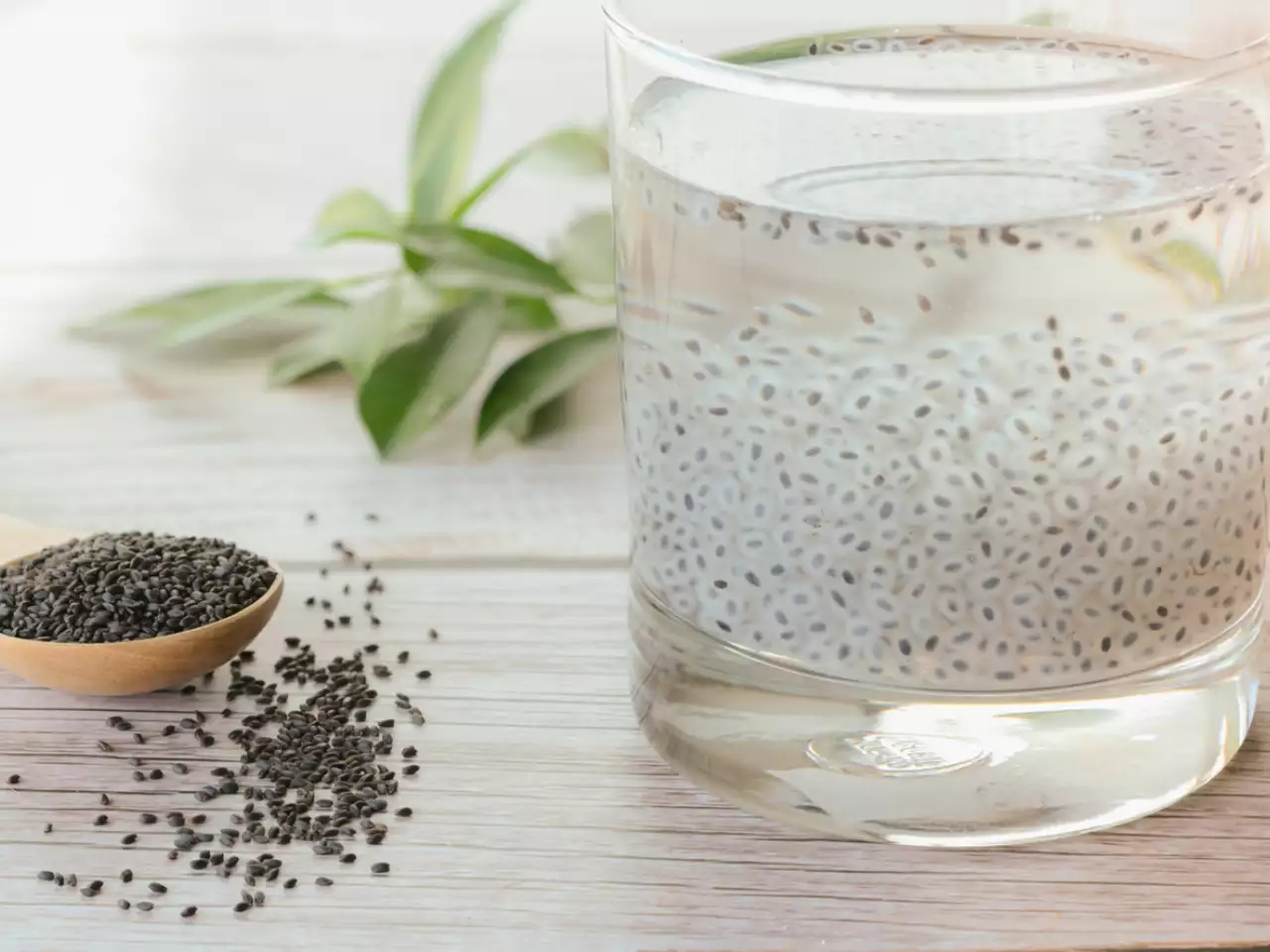
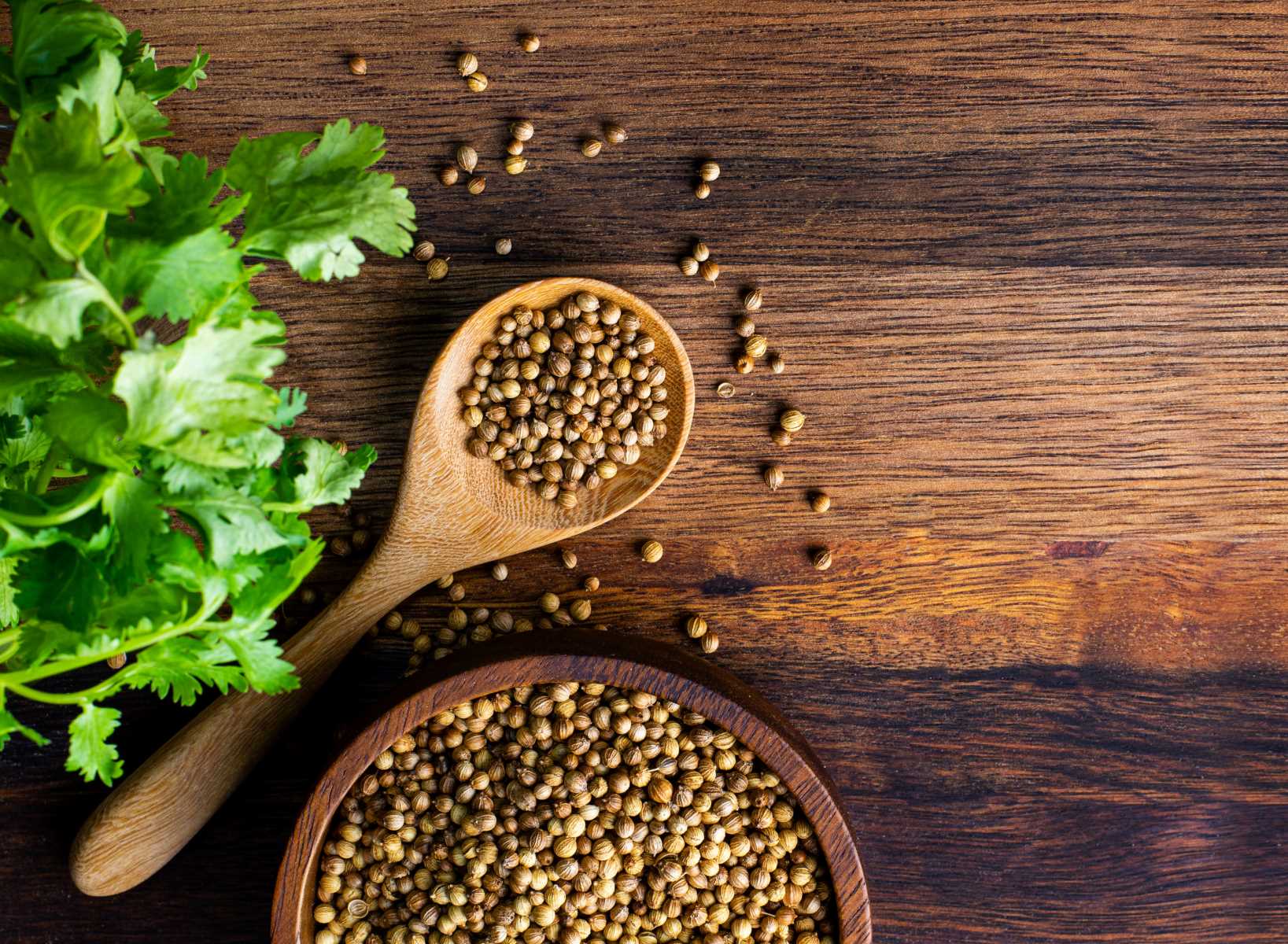
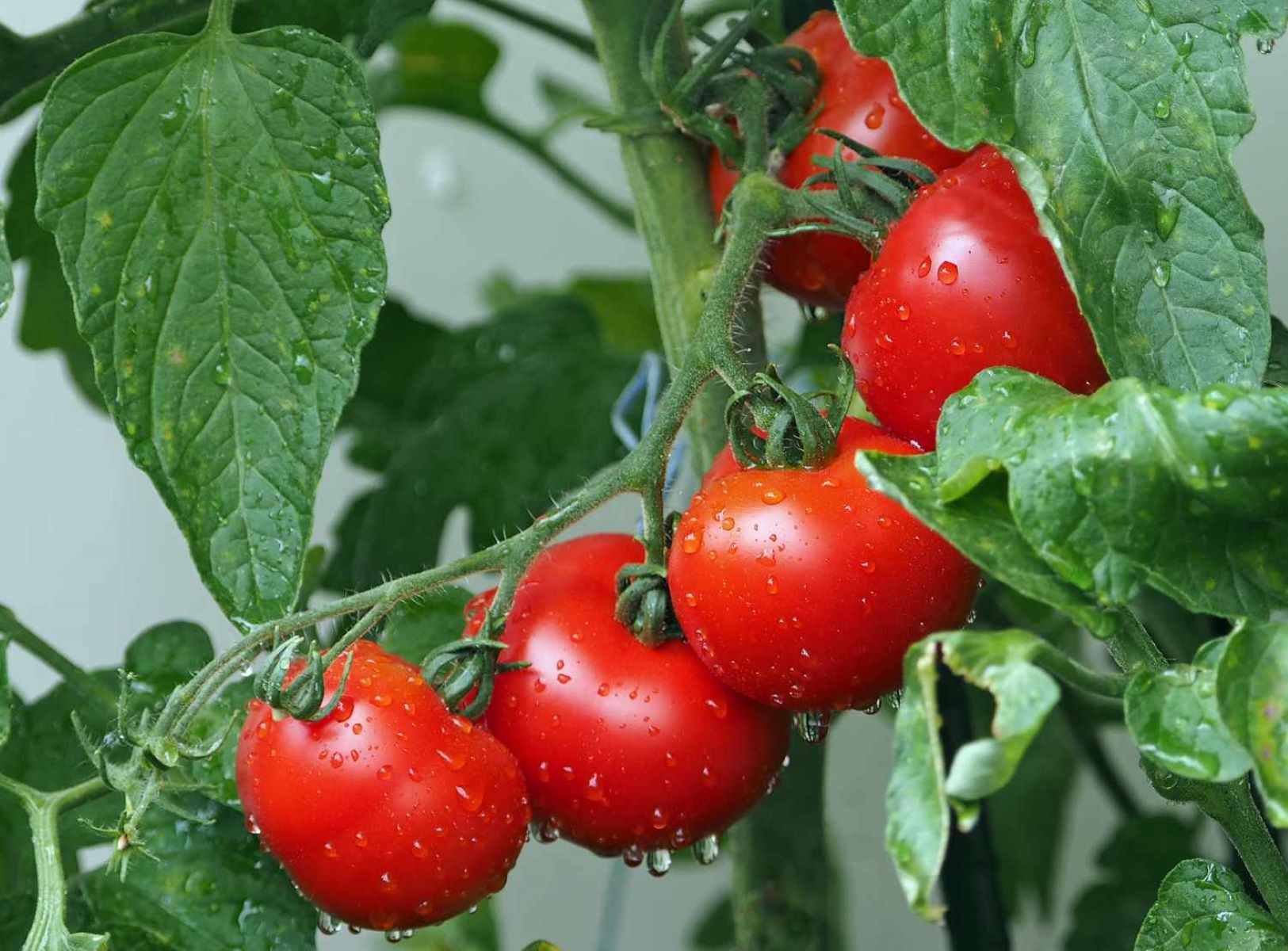
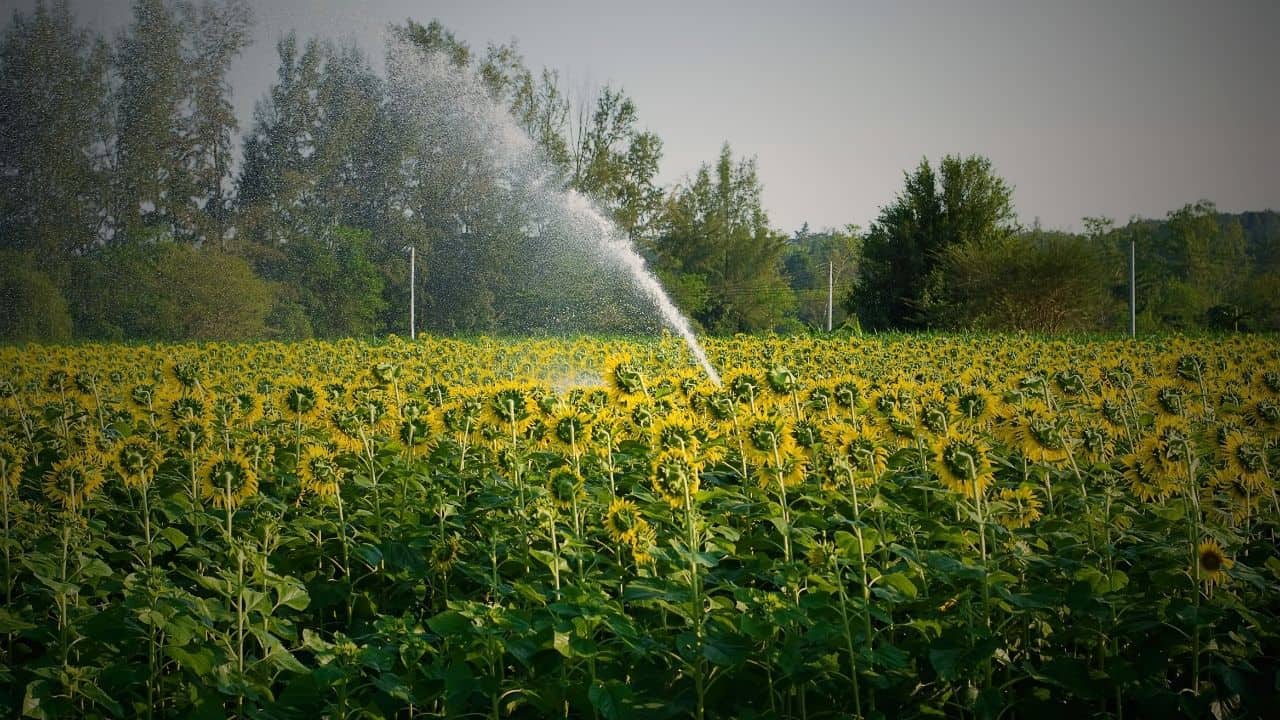
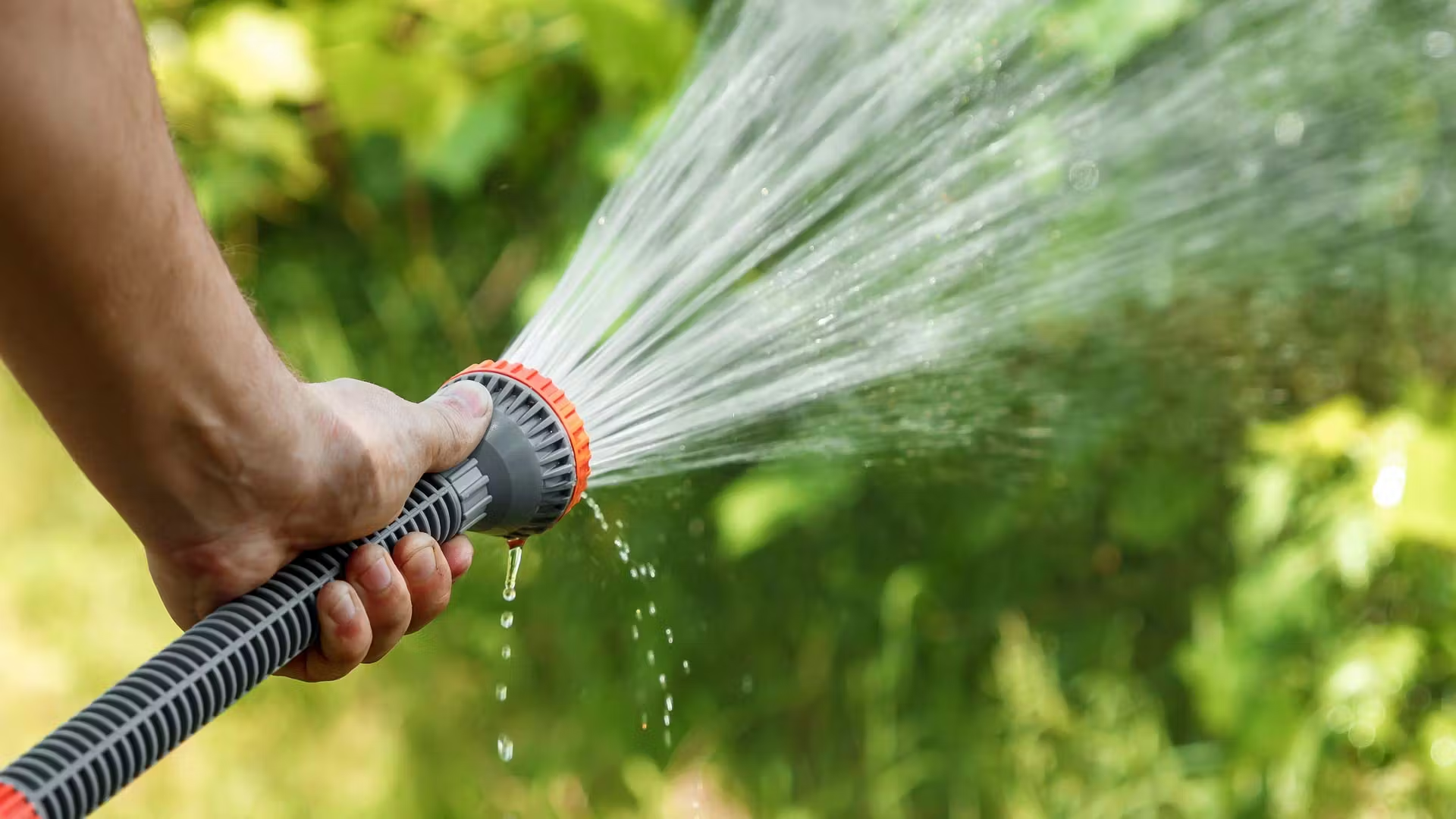
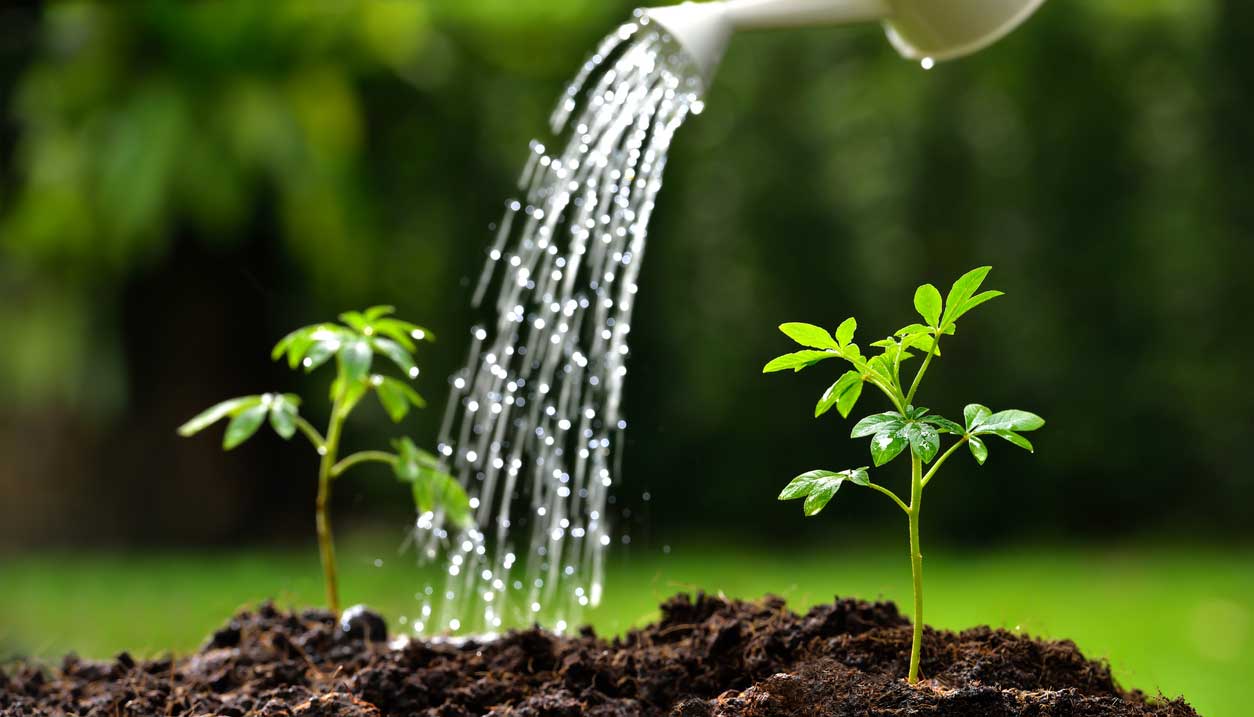
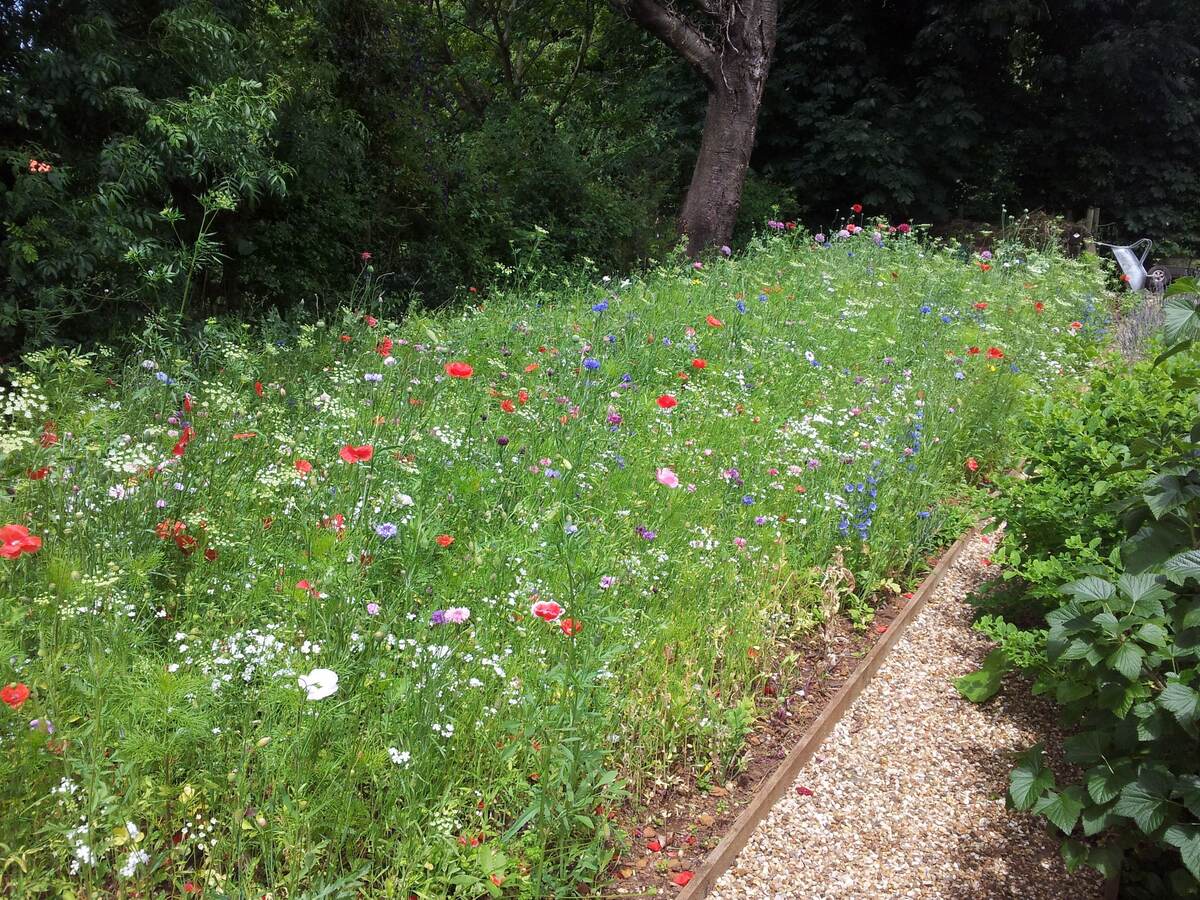
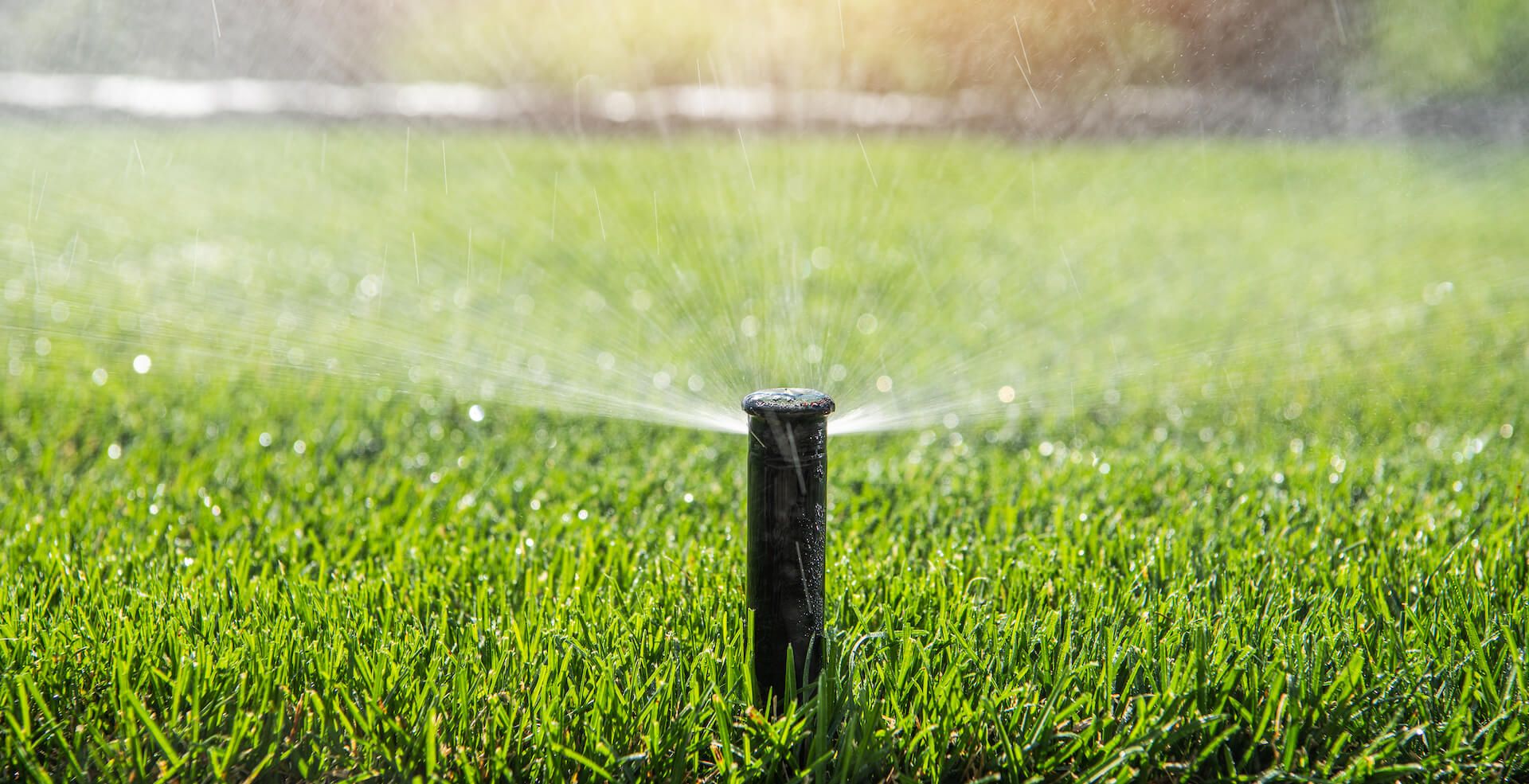
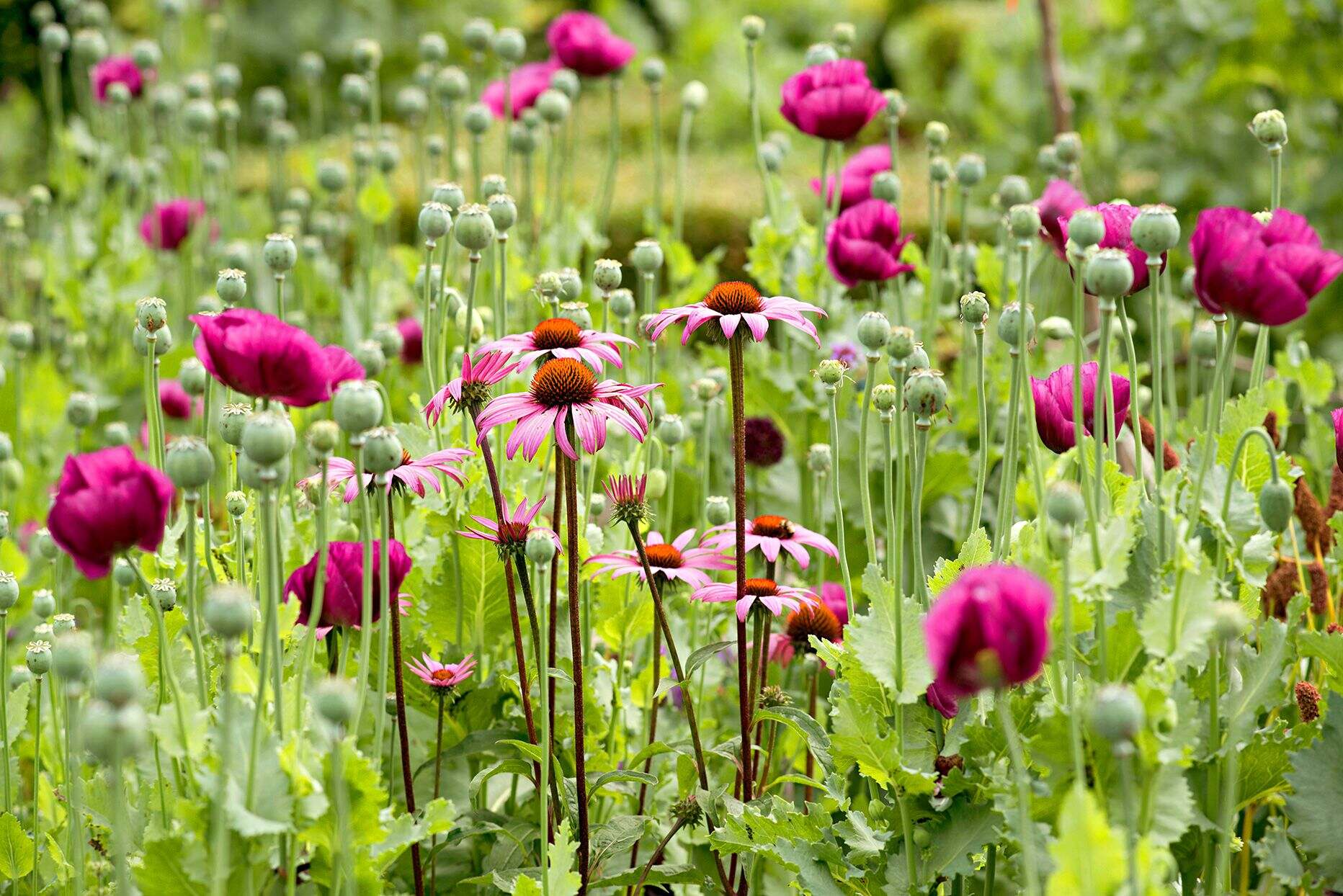
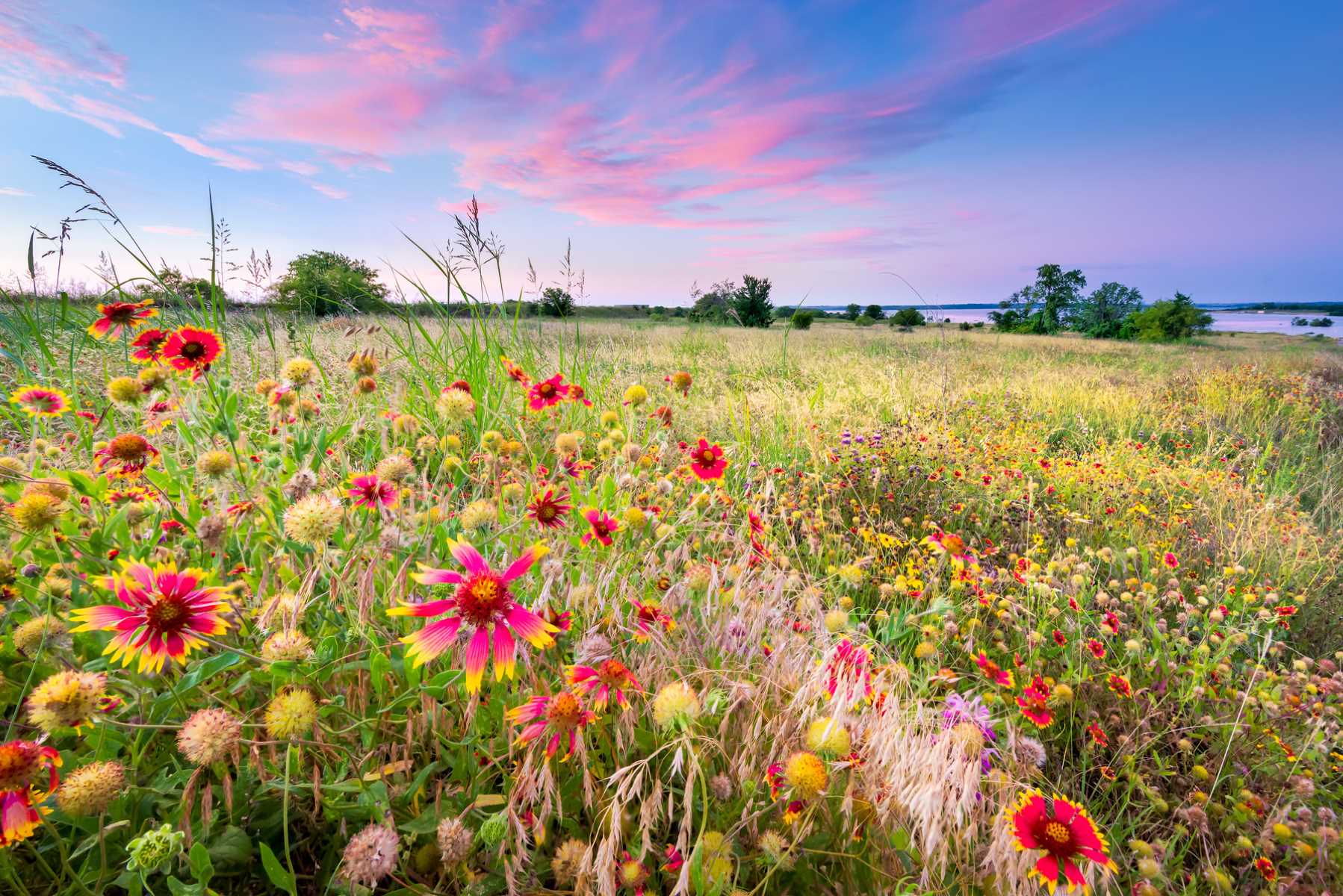
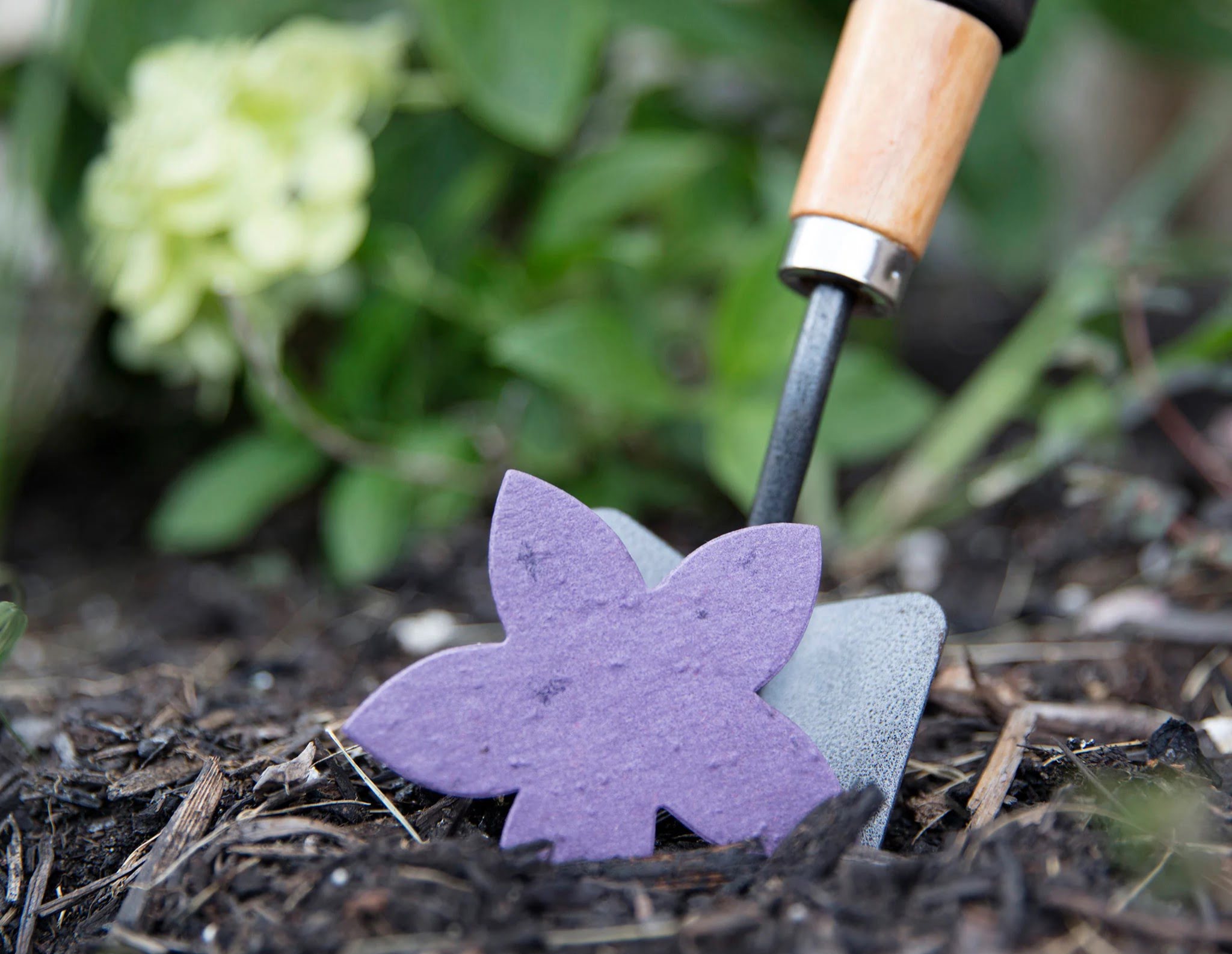
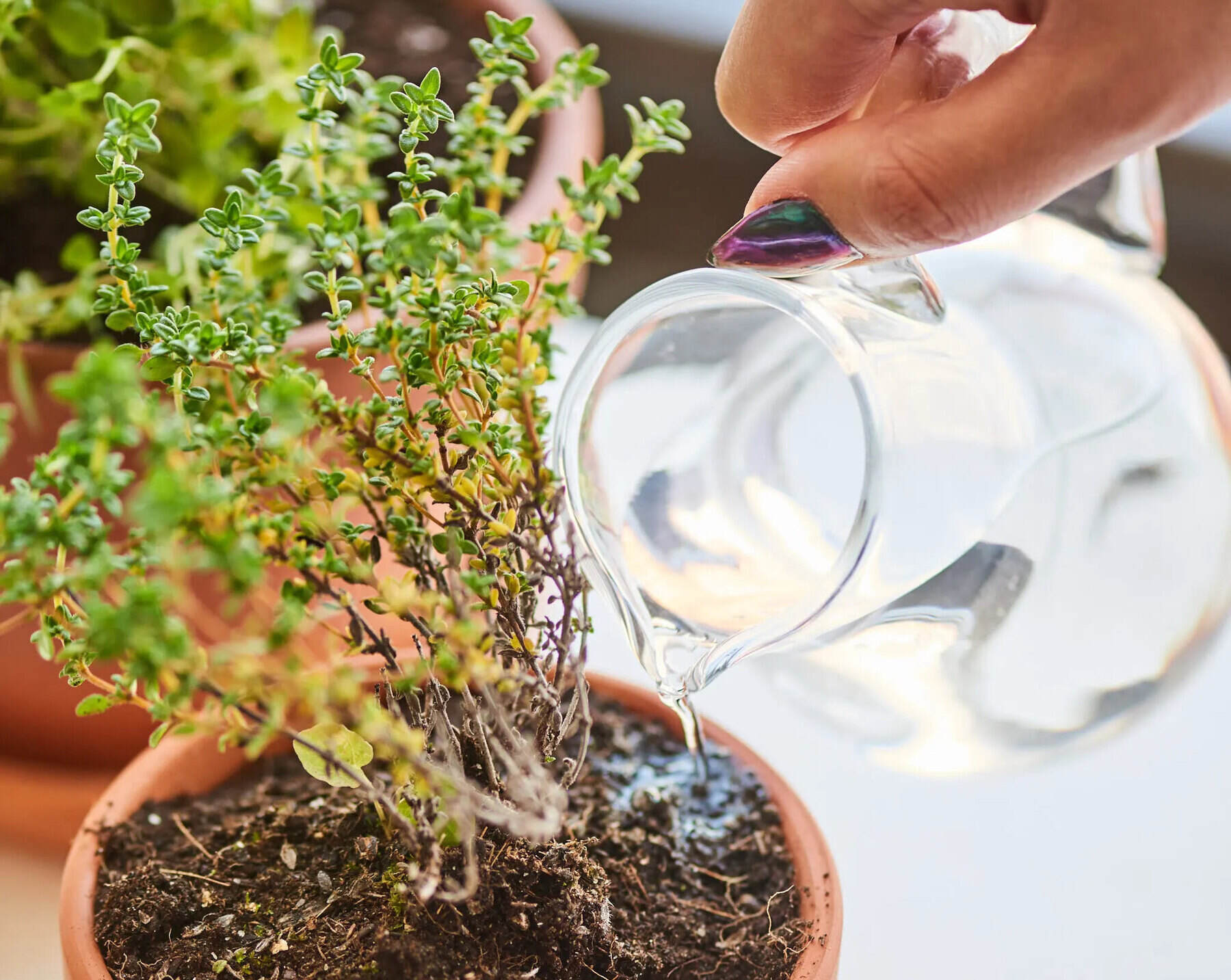
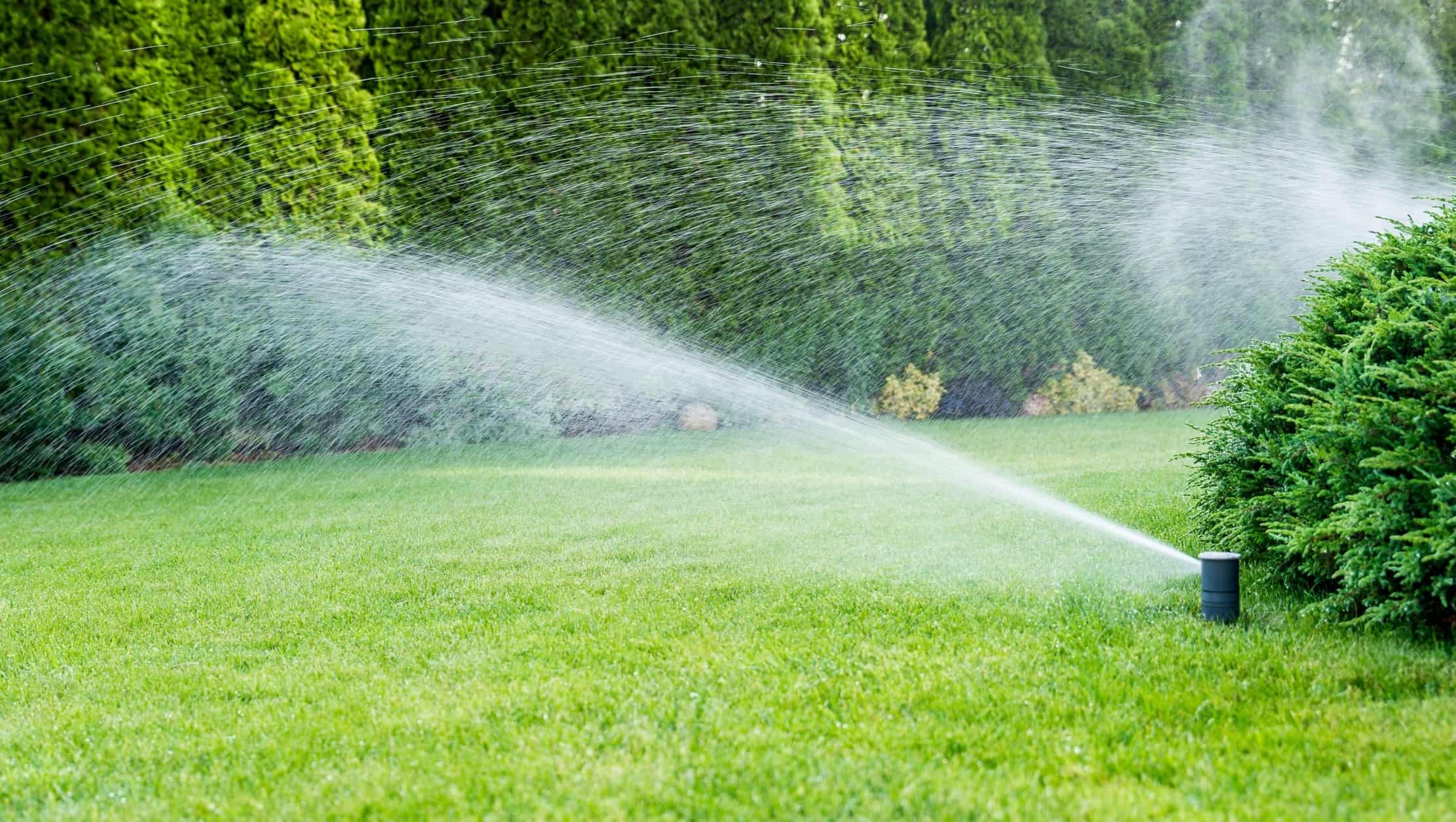
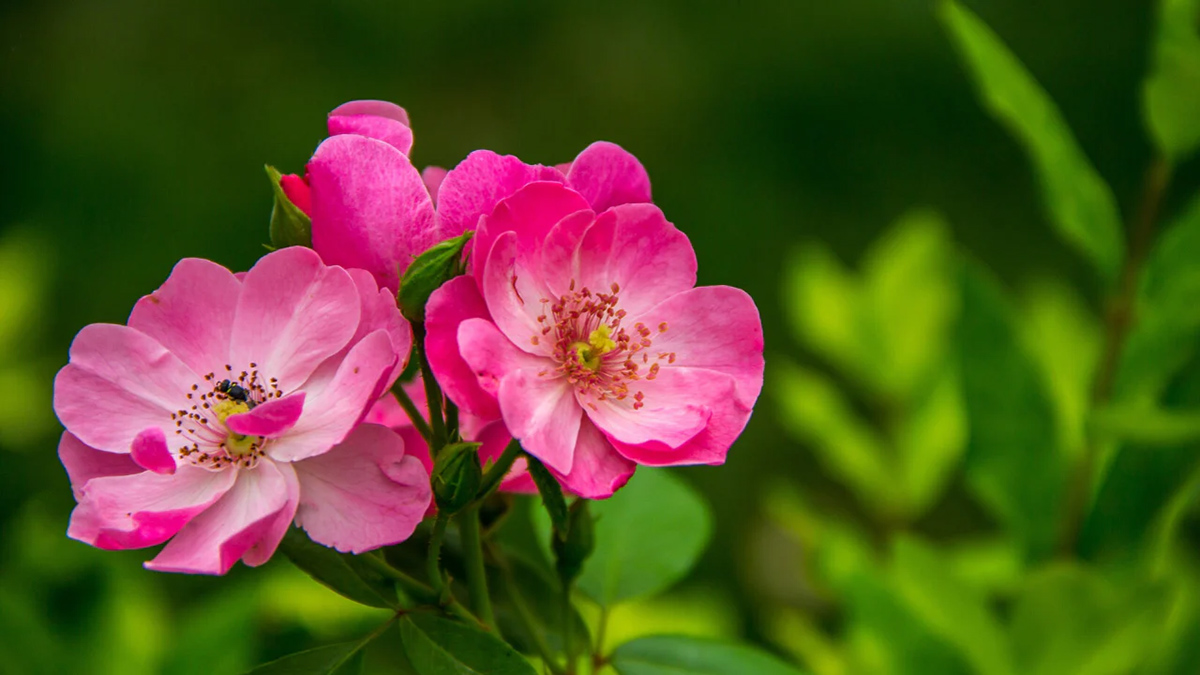

0 thoughts on “How Often To Water Wildflower Seeds”